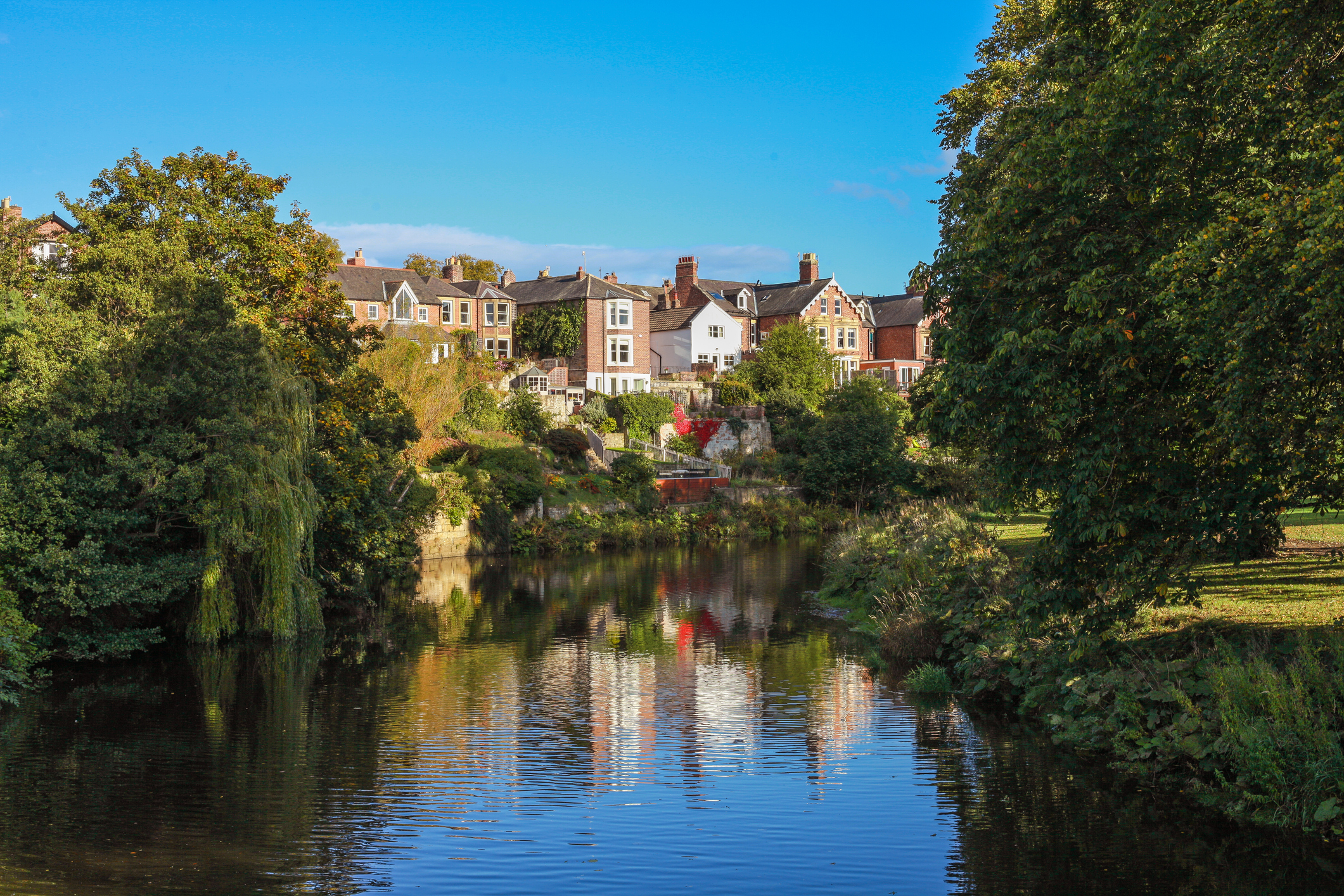Property Investment
Property Market Analysis – Is the Coast or Countryside a Better Buy?

In a market characterised by shifts and unpredictability, property investors in the UK are witnessing an interesting trend: countryside towns are experiencing higher house price growth than their coastal counterparts. The idyllic towns sprinkled across the countryside are witnessing a surge in house price growth, leaving behind their traditionally sought-after coastal peers. As property investors ponder their next strategic move, understanding the nuances of this evolving landscape becomes paramount. So, join us as we dive into new analysis that explores the factors driving these trends and the potential opportunities they present.
Comparative Property Price Growth Overview
Across the UK, average house prices have risen by 1.7 per cent over the past year, an increase from £282,777 to £287,546, defying earlier expectations of a potential slump due to economic and market uncertainties. Delving deeper, countryside towns have surpassed this national average with a growth rate of 1.8 per cent, bringing the average price to £293,782. Conversely, seaside towns, traditionally a stronghold for property growth, lagged behind with a modest 0.7 per cent increase. That said, despite their slower growth, seaside towns maintain an average price of £302,578, above both the national and countryside averages.
Seaside Towns Spotlight
Tynemouth in North Tyneside has emerged as the seaside area with the highest price rise, recording a robust 5.9 per cent price growth while Woolacombe in North Devon (5%), Torquay in Tobay (4.7%), Crosby in Seftom (4.6%) and Aberystwyth in Ceredigion (4.2%) make up the top five. However, six out of the twenty analysed have experienced a price reduction over the past year, a rare occurrence for such traditionally buoyant markets. This drop is most prominent in Tenby, Pembrokeshire, where there was a 6.1 per cent decline.
Countryside Towns Highlights
In the countryside, Market Harborough leads the way with an impressive 9.1 growth. Alnwick and Morpeth in Northumberland came joint second with a 7.1 per cent increase, while Nantwich in Cheshire East (3.3%) and Wilton in Wiltshire (3.1%) complete the top five. Contrary to the seaside trend, only two out of twenty countryside locations analysed showed a decline in prices. Tetbury in the Cotswold saw a decrease of 2 per cent, and Dumfries in Scotland registered a drop of 3.3 per cent.
Adam Day, Head of eXp UK which conducted the research, offered his insights on the research: “Our finest seaside towns have always benefited from strong and steady buyer demand which, when combined with a finite number of properties and limited development opportunities due to geographical limitations, results in reliably high prices.
These high prices often put coastal towns out of many buyers’ reach, and it seems that the recent cost of living and mortgage crisis has worked to exacerbate this fact.
Perhaps that’s why we’re seeing countryside locales outperform the coast on price growth – buyers who are being priced out of the seaside are diverting their search to nearby countryside spots and those towns are now reading the benefits.”
This current market trend suggests potential opportunities for property investors in countryside towns that are witnessing an influx of interest and consequent price growth. Meanwhile, for those eyeing coastal properties, it might be a time to exercise caution and conduct thorough market research. As always, understanding buyer patterns and market shifts will be key to optimising investment strategies.










